
Jupiter, captured by the Hubble Space Telescope | NASA, ESA, A. Simon (Goddard Space Flight Center), and M.H. Wong (University of California, Berkeley)
By Claire Gibson, Lowell Educator
When looking up to the night sky, you may have noticed a large bright shining object in the Eastern sky. The object isn’t a UFO, it’s Jupiter! On September 26, 2022, Jupiter will be entering opposition. For the next few weeks, the giant planet will be at its biggest and brightest for the year for Earth observers. In anticipation for opposition, here are some fun facts about Jupiter and opposition.
What is Opposition?
Opposition occurs in astronomy when a planet moves into a position directly opposite the Sun in the solar system. Thus, from Earth, the planet appears as its biggest and brightest self in the sky.
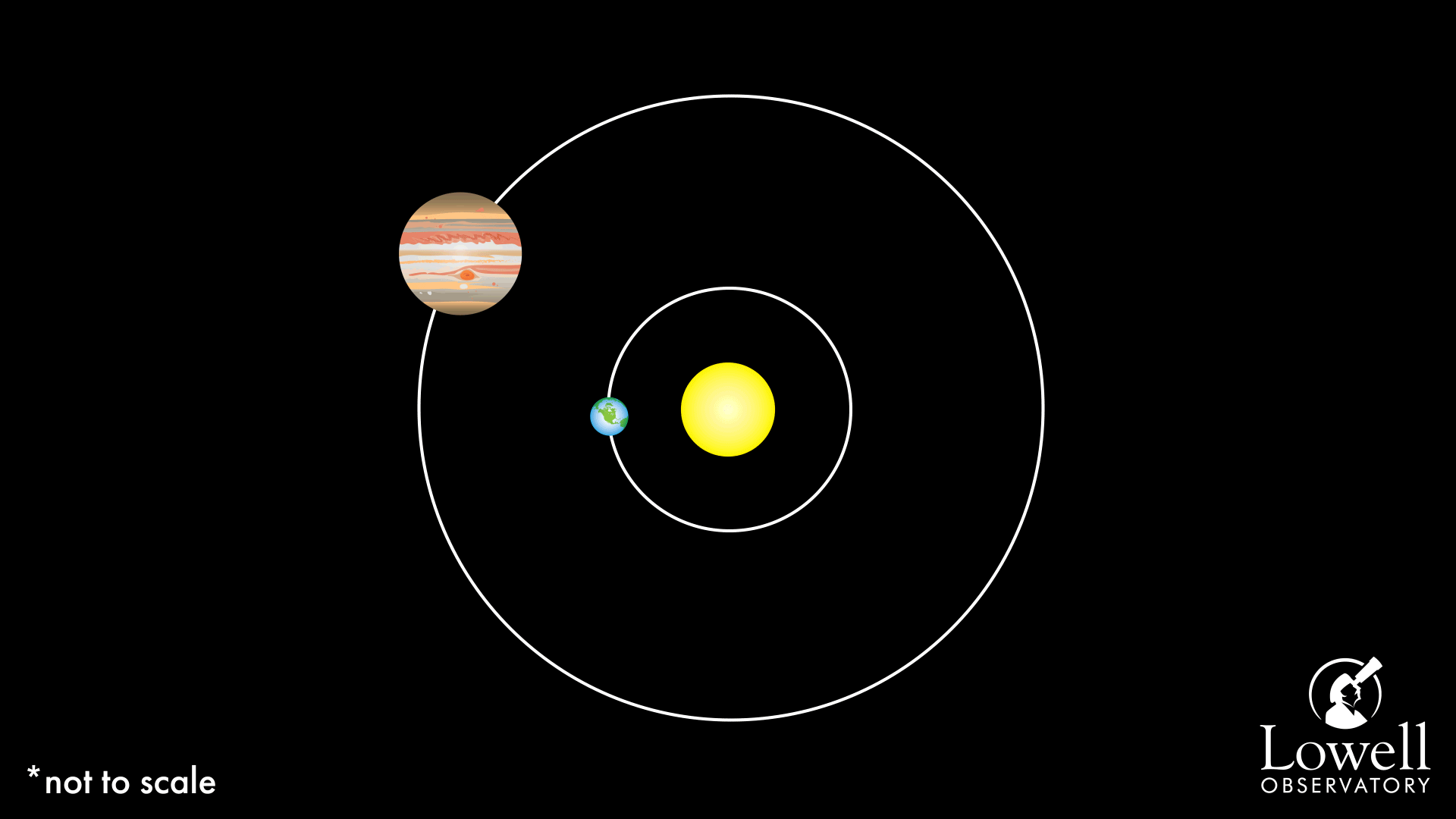
Jupiter’s Giant Satellites
Jupiter has 79 satellites, or moons, taking second place next to Saturn with the most moons (a total of 82!). Four of these moons are some of the most well known in the solar system. The four Galilean moons Europa, Ganymede, Callisto, and Io were discovered by Galileo in 1610, becoming the first moons to be known outside of our own Moon. To an observer with a small telescope or a pair of night sky binoculars, these four moons will look like prominent points of light in a neat line aligned with the equator of Jupiter. Sometimes, you may see less than four moons, as they may be passing in front of or behind Jupiter.
Jupiter’s Colored Stripes
Why does Jupiter have such distinctive features? To an observer with a telescope, you can see clear bands on the surface of Jupiter. The cause of these bands has to do with atmospheric dynamics. There are two types of bands on Jupiter. First, there are zones, which are the light colored bands on the surface. Next, there are belts, which are the darker rusty colored bands. Color differences are caused by slight variations in the composition of the gasses in the bands. Although Jupiter is mostly made of hydrogen and helium, there are other trace elements and molecules such as water, ammonia, and methane. When looking at a detailed image of the surface of Jupiter’s atmosphere, there are bands that can be right next to each other, but still have a distinct ‘stripe’. This is caused by winds moving in different directions in zones right next to each other!
Future Missions to Jupiter
Soon, Jupiter will be visited by upcoming solar system missions. One of them is the Europa Clipper mission, which will predominantly study the large moon Europa to study the composition and dynamics of materials on and below the surface of this icy (and potentially life-harboring) moon. Another mission, called JUpiter ICy moons Explorer (JUICE), will study both Jupiter and the icy moons of Jupiter including Ganymede and Callisto.
Colorful Aurora
Similar to Earth, Jupiter also has aurora, caused by the interaction of charged particles that have traveled from the Sun to meet Jupiter’s magnetic field. Recently, a new James Webb Space Telescope has imaged the aurora of Jupiter in a way that astronomers and the public have never seen before. In the image, the aurora looks orange, indicating longer wavelengths of light. The JWST is an infrared telescope, and thus visible light wavelengths are assigned to the infrared wavelengths so that we can visually interpret the data. Check it out!
Image Credit: Credit: NASA, ESA, CSA, Jupiter ERS Team; image processing by Judy Schmidt.
More Posts by Claire
- Jupiter at Opposition
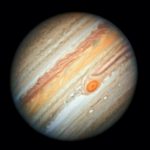 By Claire Gibson, Lowell Educator When looking up to the night sky, you may have noticed a large bright shining object in the Eastern sky. The object isn’t a UFO, it’s Jupiter! On September 26, 2022, Jupiter will be entering opposition. For the next few weeks, the giant planet will be at its biggest and… Read more: Jupiter at Opposition
By Claire Gibson, Lowell Educator When looking up to the night sky, you may have noticed a large bright shining object in the Eastern sky. The object isn’t a UFO, it’s Jupiter! On September 26, 2022, Jupiter will be entering opposition. For the next few weeks, the giant planet will be at its biggest and… Read more: Jupiter at Opposition - Meet the GODO Telescopes: TEC 140FL 5.5” Refractor
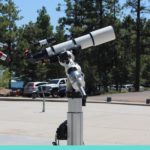 Each of the Giovale Open Deck Observatory’s six state-of-the-art telescopes were hand-selected to provide a breathtaking stargazing experience that is unrivaled by any other public observatory in the continental United States. In this blog series, we’ll be taking a deep dive into what makes each of the GODO telescopes the best of their kind. … Read more: Meet the GODO Telescopes: TEC 140FL 5.5” Refractor
Each of the Giovale Open Deck Observatory’s six state-of-the-art telescopes were hand-selected to provide a breathtaking stargazing experience that is unrivaled by any other public observatory in the continental United States. In this blog series, we’ll be taking a deep dive into what makes each of the GODO telescopes the best of their kind. … Read more: Meet the GODO Telescopes: TEC 140FL 5.5” Refractor - What is the Saturn Opposition?
 By Claire Gibson, Lowell Educator In the next few weeks of August, gaze to the southeastern night sky so see Saturn at its biggest and brightest for the year! On August 14, Saturn will enter opposition. In general, a planetary opposition occurs when Earth is directly in between the Sun and another planet, thus… Read more: What is the Saturn Opposition?
By Claire Gibson, Lowell Educator In the next few weeks of August, gaze to the southeastern night sky so see Saturn at its biggest and brightest for the year! On August 14, Saturn will enter opposition. In general, a planetary opposition occurs when Earth is directly in between the Sun and another planet, thus… Read more: What is the Saturn Opposition? - 8 Things to Do at Lowell Observatory During the Daytime
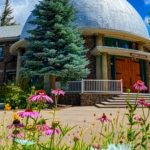 By Claire Gibson, Lowell Educator Now that the weather is warm and the daytime is long, check out this list of fun activities to do at Lowell Observatory during the day. Whether you love astronomy or are looking for some family-friendly activities, or love nature and want to explore the flora and fauna of Northern… Read more: 8 Things to Do at Lowell Observatory During the Daytime
By Claire Gibson, Lowell Educator Now that the weather is warm and the daytime is long, check out this list of fun activities to do at Lowell Observatory during the day. Whether you love astronomy or are looking for some family-friendly activities, or love nature and want to explore the flora and fauna of Northern… Read more: 8 Things to Do at Lowell Observatory During the Daytime - Meet the 6 Public Telescopes of the GODO
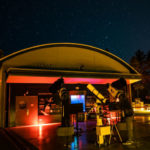 By Claire Gibson, Lowell Educator Did you know that Lowell Observatory has more than eight telescopes dedicated to the use of the public? Six of these telescopes are state of the art new additions as part of the Giovale Open Deck Observatory (GODO). You might be wondering, why so many telescopes, and how are they… Read more: Meet the 6 Public Telescopes of the GODO
By Claire Gibson, Lowell Educator Did you know that Lowell Observatory has more than eight telescopes dedicated to the use of the public? Six of these telescopes are state of the art new additions as part of the Giovale Open Deck Observatory (GODO). You might be wondering, why so many telescopes, and how are they… Read more: Meet the 6 Public Telescopes of the GODO